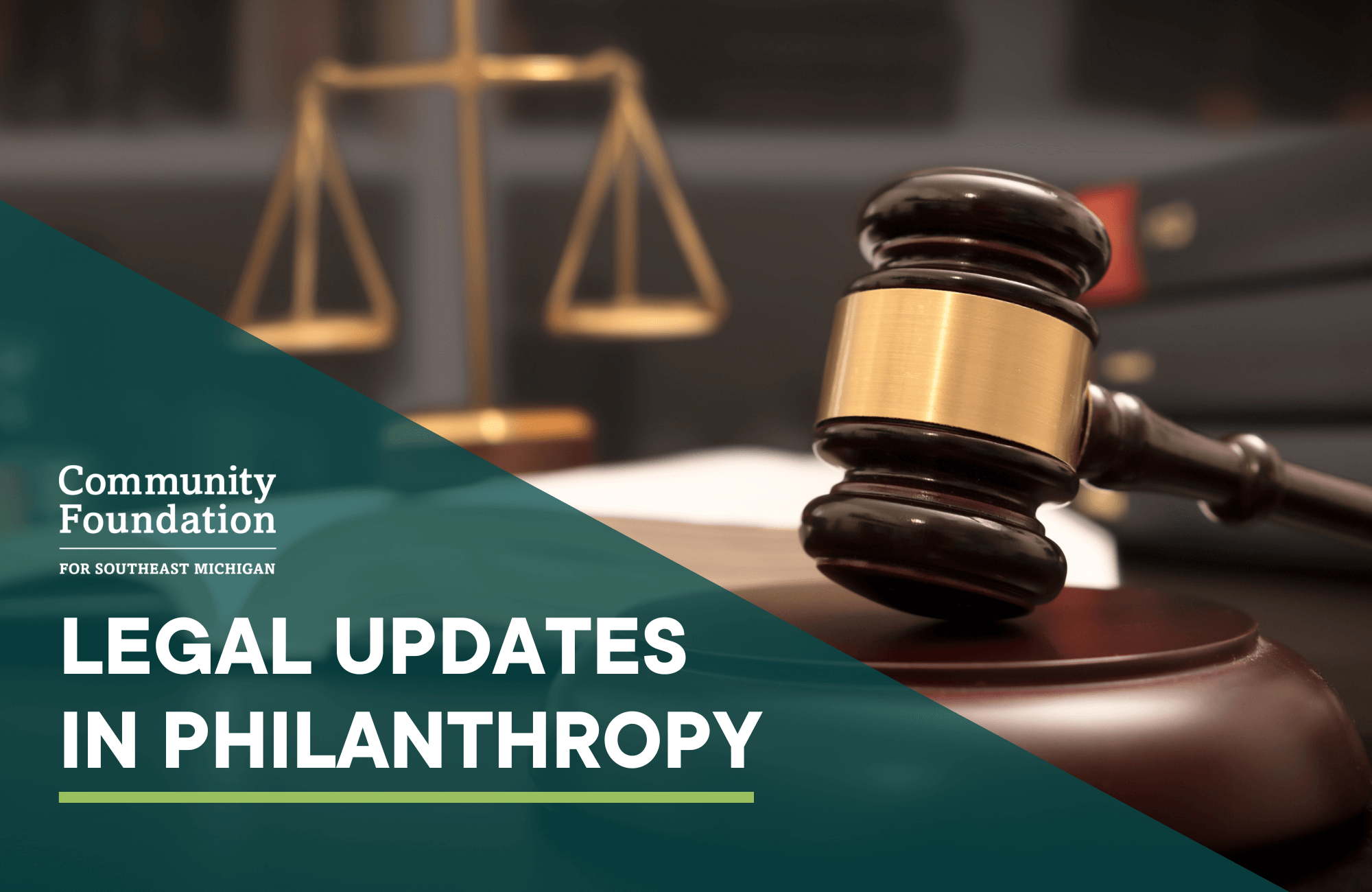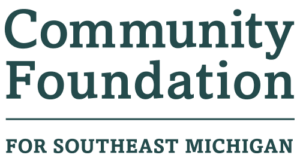Chevron Overturned: What is next for DAF Regs?


Laura L. Brownfield
General Counsel
U.S. Supreme Court overturns the Chevron doctrine
The severe blow recently dealt to federal agencies by the U.S. Supreme Court in overturning the Chevron1 doctrine in Loper Bright Enterprises v. Raimondo; Relentless, Inc. v. Dept of Commerce2 may have implications for the proposed Donor Advised Fund (“DAF”) regulations promulgated in November 2023 (the “Proposed Regulations”) by the Department of Treasury (the “Treasury”) and Internal Revenue Service (the “IRS”).
Under the Chevron doctrine, the Treasury and the IRS are given the authority to interpret the laws they administer where the law is silent or there is an ambiguity in the law. Under this precedent, if Congress has directly spoken to a precise question at issue in its statutory drafting, then an agency “must give effect to the unambiguously expressed intent of Congress.”3
Proposed Regulations attempt to clarify the Pension Protection Act of 2006
The Proposed Regulations attempt to clarify certain terms in the Pension Protection Act of 2006 (“PPA”) which define DAFs and regulate distributions from DAFs. The Proposed Regulations expand the definition of “donor-advisor” to include a donor’s investment advisor for purposes of imposing excise taxes on fees earned by an investment advisor who manages the donor’s personal and DAF assets.
The PPA imposes excise taxes and penalties on “excess benefit transactions” which involve certain “disqualified persons” receiving an economic benefit provided directly or indirectly by a charity. Congress defined “donor-advisor” under the PPA as individuals who have advisory privileges over the DAF, and further defined any payment to a donor-advisor as an excess benefit transaction subject to taxes and penalties. In another section of the PPA, Congress identified “investment advisors” as disqualified persons with respect to transactions with sponsoring organizations. Congress did not make reference to investment advisors as disqualified persons with respect to DAFs. By including certain investment advisors in the definition of donor-advisor under the Proposed Regulations, the Treasury and the IRS disregarded the language that Congress intentionally included in one section of the PPA and omitted in the other, exceeding the limits of the Supreme Court’s Chevron4 doctrine.
Impact of Chevron overturn on Proposed Regulations
In overruling Chevron, the Supreme Court held that courts reviewing agency action “must exercise their independent judgment” and “may not defer to an agency interpretation of the law simply because a statute is ambiguous.”5 By overturning the 40-year-old precedent, the ability of the Treasury and the IRS to extend their authority and promulgate regulations based on interpretations favorable to their goals may be subject to increased litigation and judicial scrutiny.
Following Loper Bright and the overturning of Chevron, and the 236 comments criticizing the Proposed Regulations, one tax law expert has suggested that the Proposed Regulations are doomed… “we can just forget about the proposed DAF regulations ever again seeing the pages of the code of federal regulations.”
We will continue to track the proposed DAF regulations and whether the new framework adopted by the Supreme Court in Loper Bright will result in taxpayer challenges to other federal tax regulations that affect charitable giving and public charities.
1Chevron U.S.A. Inc. v. Nat. Res. Def. Council, Inc. 467 U.S. 837 (1984).
2Loper Bright Enterprises v. Raimondo; Relentless, Inc. v. Dept of Commerce, Nos. 22-451 and 22-1219, 144 S. Ct. 2244, 219 L. Ed. 2d 832 (June 28, 2024). For an analysis of the Loper Bright, see this analysis.
3Chevron, 467 U.S. 837, 842 (1984).
4Loughrin v. United States, 573 U.S. 351, 358 (2014). See also, City of Arlington v. FCC, 133 S. Ct. 1863, 1868 (2013); Nationwide Mut. Ins. Co. v. Darden, 503 U.S. 318, 311 (1992); Russello v. United States, 464 U.S. 16, 23 (1983).
5Loper Bright, 219 L. Ed. 2d 832, 867.
Note: This material was developed by Community Foundation for Southeast Michigan. It is published with the understanding that neither the publisher nor the author is engaged in rendering legal, accounting, or other professional service. If legal advice or other expert assistance is required, the services of a professional advisor should be sought.
